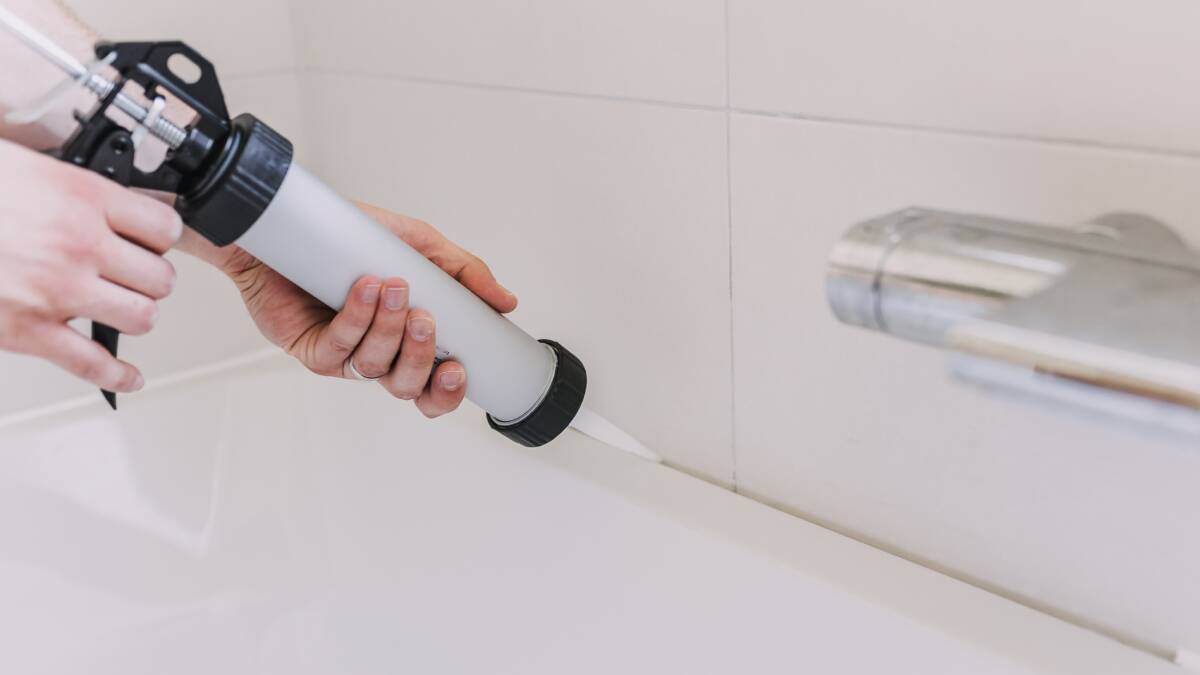
When it comes to building your dream home and all the facets that encompasses, waterproofing isn't up there among the most exciting, but it's certainly crucial to a safe and comfortable end result. Put simply, waterproofing keeps water away from from where it's not wanted, be it keeping water out of your home, or preventing water from escaping wet rooms such as kitchens, bathrooms and laundries.
Subscribe now for unlimited access.
or signup to continue reading
Hipages has provided a helpful list of information to ensure you approach the job of waterproofing well informed.
Why waterproofing is important. Excess moisture in the wrong places can cause havoc. Rising damp, mold and mildew, swelling walls, rotting timber, and even structural damage can be caused by faulty waterproofing. in fact, it's so important that it's required by law and must comply with Australian Standards AS3740 and AS4654.
Waterproofing a bathroom. Bathroom waterproofing is applied before tiles are laid, using a combination of sheet and paint-on liquid membranes. Two coats are needed, each taking 24 hours to dry. Extra sealant may also be needed once the tiles are down. It's a job that can take up to four days, so allow plenty of time.
Waterproofing a kitchen. The key things to waterproof are the counters, cabinets, and splashbacks near the sink and stove. Most kitchen waterproofing is a combination of surface treatment and joint sealing. This way, water from leaks or spills won't permeate your cabinets before you can clean it up. If your kitchen could use this kind of waterproofing, a handyman or waterproofer can help.
External waterproofing. External waterproofing is arguably the most important, as it keeps your house dry during rain and safe from the long term impact of ambient humidity. Your home needs good waterproofing anywhere moisture can get into your home, including doors and windows, roofs and gutters, and walls and building foundations.
All modern homes are waterproofed when they're built, but if you're seeing water damage in an old house or after a renovation, you'll need a waterproofer to diagnose the problem.
Waterproofing takes time. It's important to be realistic about how long waterproofing takes. Most waterproofing uses liquid sealant that needs to dry completely, with multiple coats often needed.
Minor joint sealing can be done in a day, but the caulk should have at least 12 hours to dry before being exposed to water. For under-tile or major external waterproofing, don't expect the job to be finished in any less than at least three or four days.
Waterproofing costs. On the lower end of the scale, internal waterproofing runs from $40 per square metre. Generally, you can expect to pay between $500 and $1000 to fully waterproof a typical wet room.
This price rises for complicated jobs, such as using timber floors, in second storey rooms, or if there's existing water damage that needs repair. You might get a discount if it's part of a full room renovation, or if you're having several rooms done at once.
For the best price on any waterproofing job, get multiple quotes from tradies with a record of successful work. Hipages makes this easy, by sending you up to three quotes from local tradies, and letting you see ratings and recommendations from past customers.

